Are Sebastião Salgado’s photographs too beautiful for their subject matter?
I asked myself this while watching “The Salt of the Earth,” a documentary, about Sebastião Salgado. It’s a beautiful film (no surprise there as Wim Wenders was at the helm), but it left me filled with questions and doubts.
Here was a man who took stunning photographs of some of the most horrible moments in recent history. From the famine in Ethiopia in the 1980s to the genocides in Serbia and Rwanda a decade later to burning oil fields at the end of the Kuwait-Irak war, his images are incredible. The black & white is rich and saturated; the skies are dramatic, and the people evoke biblical imagery of suffering and sacrifice. The images are heroic in scope, received numerous awards and praise, and found their way to art galleries and museums around the world.
Yet, the reality they show is one of despair and death.
While one can question the “beautification” of misery, we could argue that beauty makes people look at things they would usually avoid. As Sebastião Salgado said, “The beauty of the photographs lends dignity to the people in them.” He further explained, “I felt a compulsion to show that dignity is not an exclusive property of the rich countries of the north but exists all over the planet.”
Moreover, why should beauty and documentation be mutually exclusive? Beauty is a tool to reach people – look at the iconography of the crucifixion in Christianity: pain and death are sublimated to inspire piety. Beauty does not negate the problems. Sebastião Salgado uses it to show us the harsh reality too many people face in this world… Ultimately, as all artists, he does what he does and wouldn’t know (or want) to do it any other way!
“When you take a portrait, the shot is not yours alone — the person offers it to you.” Sebastião Salgado
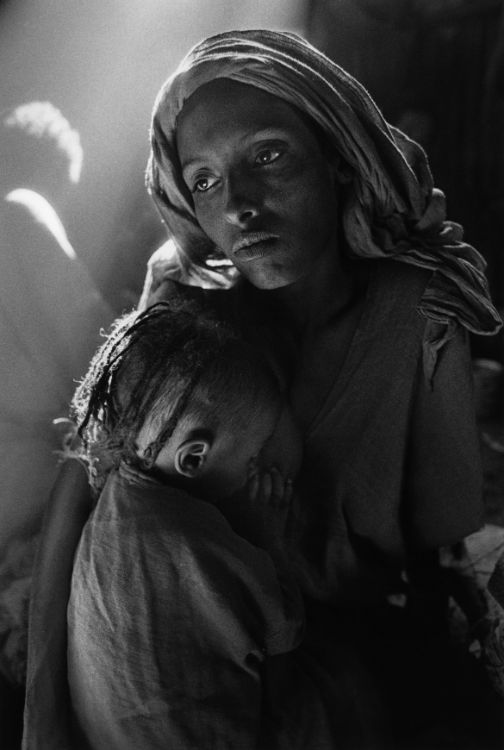
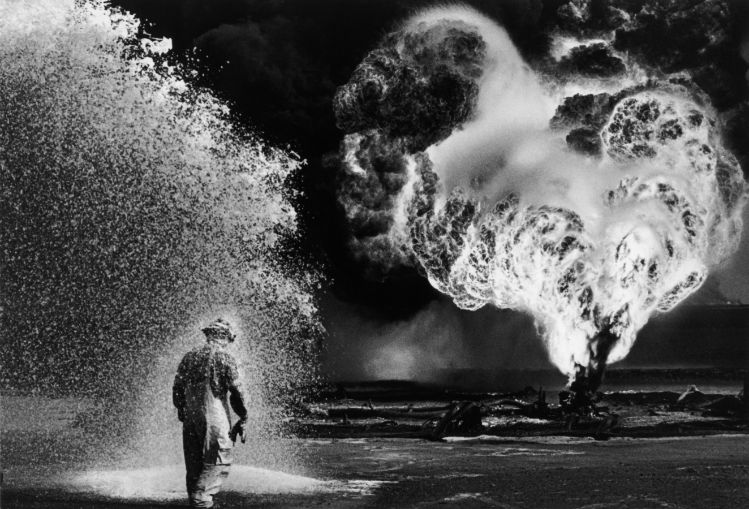
Sebastião Salgado was born in 1944 in Brazil and grew up on his family’s cattle ranch. He left his remote childhood home to study macroeconomics in ever-expanding São Paulo. Embroiled in the fight against the military dictatorship, he and his wife, Lélia, fled the country and settled in a life of exile in Paris, France. Sebastião Salgado started working as an economist for the International Coffee Organization. It was during his trips to document coffee farmers in Africa that he took some of his first photographs (using his wife’s camera that he had borrowed for the occasion!). What started as a simple tool to help in his work soon took over his life. In 1973, he left a promising career as an economist and began working as a freelance photojournalist and documentarian.
Sebastião Salgado mostly worked on long-term self-assigned projects, often documenting the aftermath of war, or focusing his lens on globalization and its consequences (migration, urbanization, working conditions…). He worked for news organizations and NGOs alike, always championing social justice. His training as an economist helped him frame his work in a larger narrative, taking into account the politics and sociology of the situation. But he chafes at the limitations being called a “social photographer” or even a “photojournalist” brings. For Sebastião Salgado, photography is “[his] language, [his] life and [his] way of going about and doing things.”
“You photograph with all your ideology.” Sebastião Salgado
For his series “Gold,” he spent time in an open air-gold mine in Brazil where thousands of men toiled in horrendous conditions. His photographs bear witness to the folly of gold: people left everything and ended up working in dangerous conditions in the hope of striking it rich with a crack of their pickaxes. The images of mud-covered men toiling on the flank of a mountain look almost biblical. You might as well be looking at ancient Egyptians building the pyramids.
Sebastião Salgado’s choice to shoot in black and white comes from his early photos taken in Africa as an economist. They were in color, but he felt color was distracting from the core information he had tried to capture. I can see that – B&W eliminates superfluous details and helps us focus on what truly matter: someone’s look, an object, the scope of a landscape… Black and white is also timeless, which makes sense for Salgado’s work as it is often linked to a larger, longer story. His series on migrants talks about modern-day workers but evokes the 19th-century industrial revolution, which marks the beginning of today’s reality.
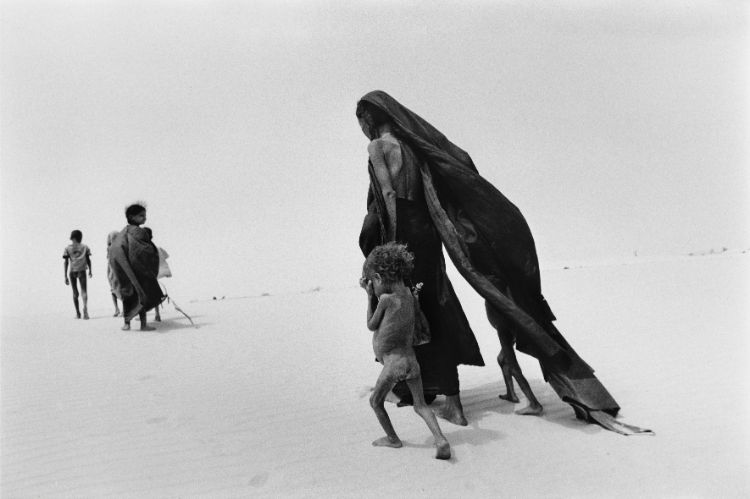
After years of documenting man’s cruelty, Sebastião Salgado eventually burned out, depleted after witnessing so much misery. He changed course and left wars and conflicts behind to document earth’s beauty and diversity, going back to nature to cleanse himself of man’s sins. For “Genesis,” he traveled to 32 countries over 8 years, from the Artic Circle to New Guinea and the Amazonian jungle. His focus is nature and man’s resilience against all odds. Images of pristine lands and people who live in accordance with their surroundings offer us inspiration and hope.
While always deeply concerned with people’s fate, his work on “Genesis” broadened his preoccupation. “Today I think of the other species too – they are as important as my own. The behavior of our species, what we do to nature, to other species, to each other, is awful, so I have the same skepticism about us that I always had.”
The Brazilian military regime having made way to democracy, Sebastião Salgado returned to his home country. There, he decided to take care of his family farm which had been mismanaged for decades. The lush vegetation of his youth was now an empty wasteland. He and his wife set out to rebuild the original ecosystem, planting thousands of trees and encouraging animals and birds to come back. They turned their 17,000 acres into a nature preserve and created the Instituto Terra, a nonprofit organization dedicated to reforestation, conservation and environmental education.
Today, his environmental local work goes hand in hand with his photography work. There’s something admirable about the arc of his life. He credits growing up in nature for his appreciation for light and attention to detail. After years of documenting the world in all its folly and chaos, he’s again on his family land, bringing it (and himself) back to life. Man and nature, life and death, hope and despair… they are all part of him.
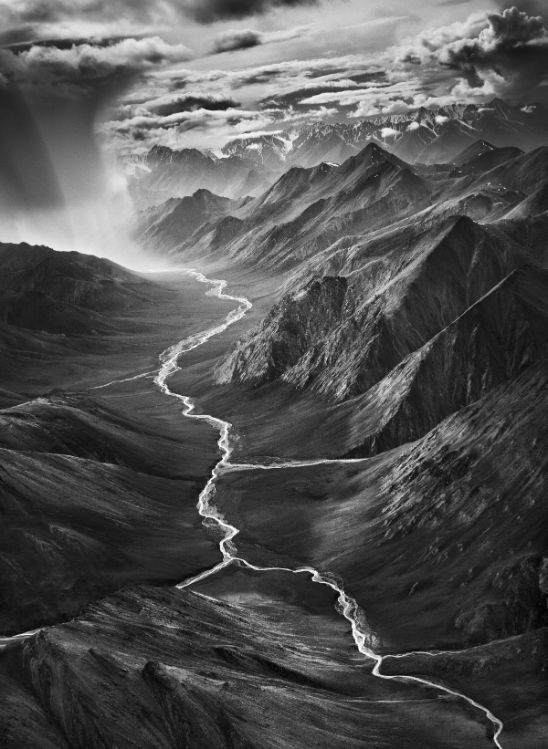
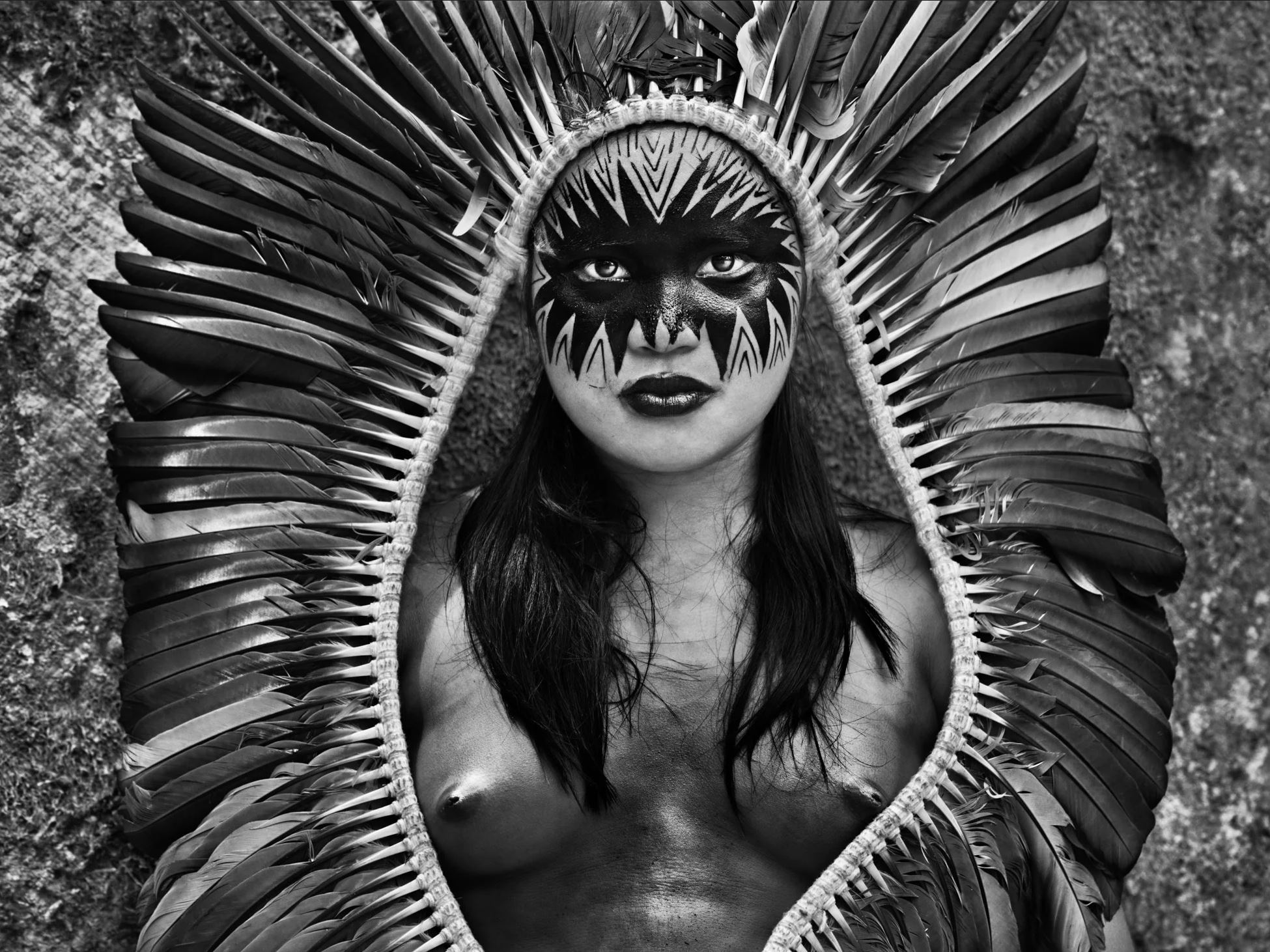
© Sebastião Salgado
Disclaimer: Aurelie’s Gallery does not represent Sebastião Salgado. My “Photographers I love” series is purely for inspiration and to encourage discussion.
